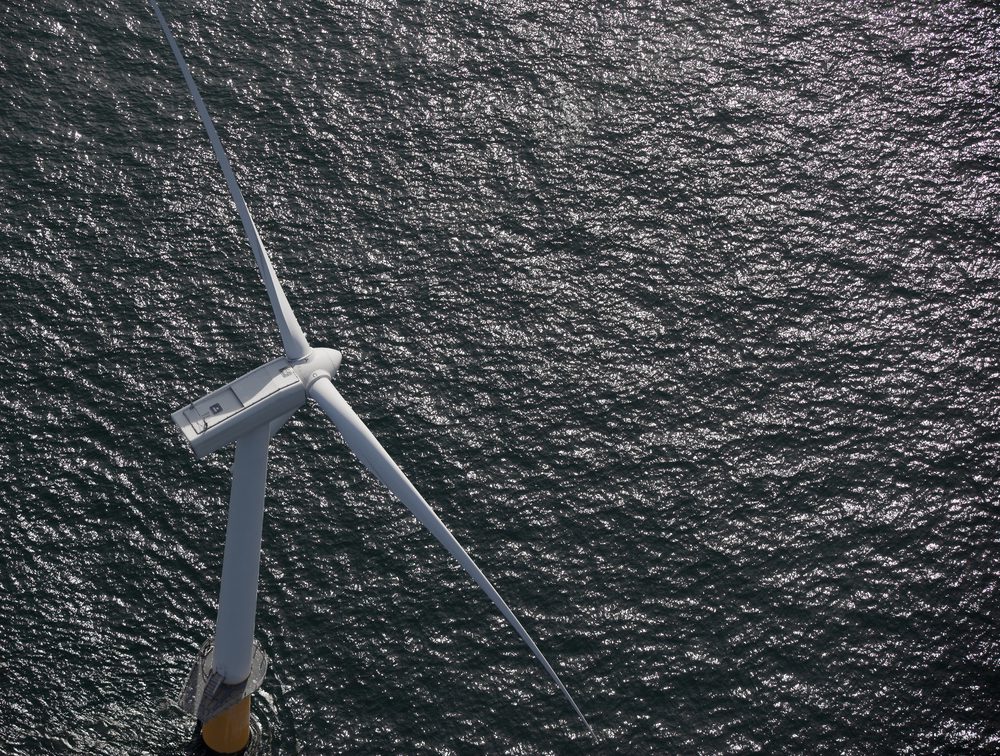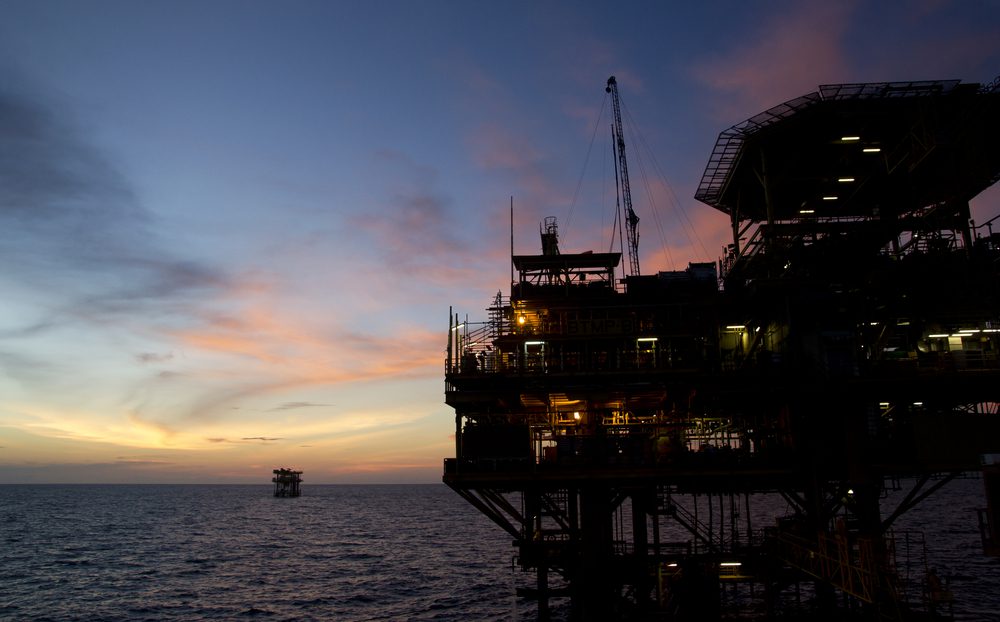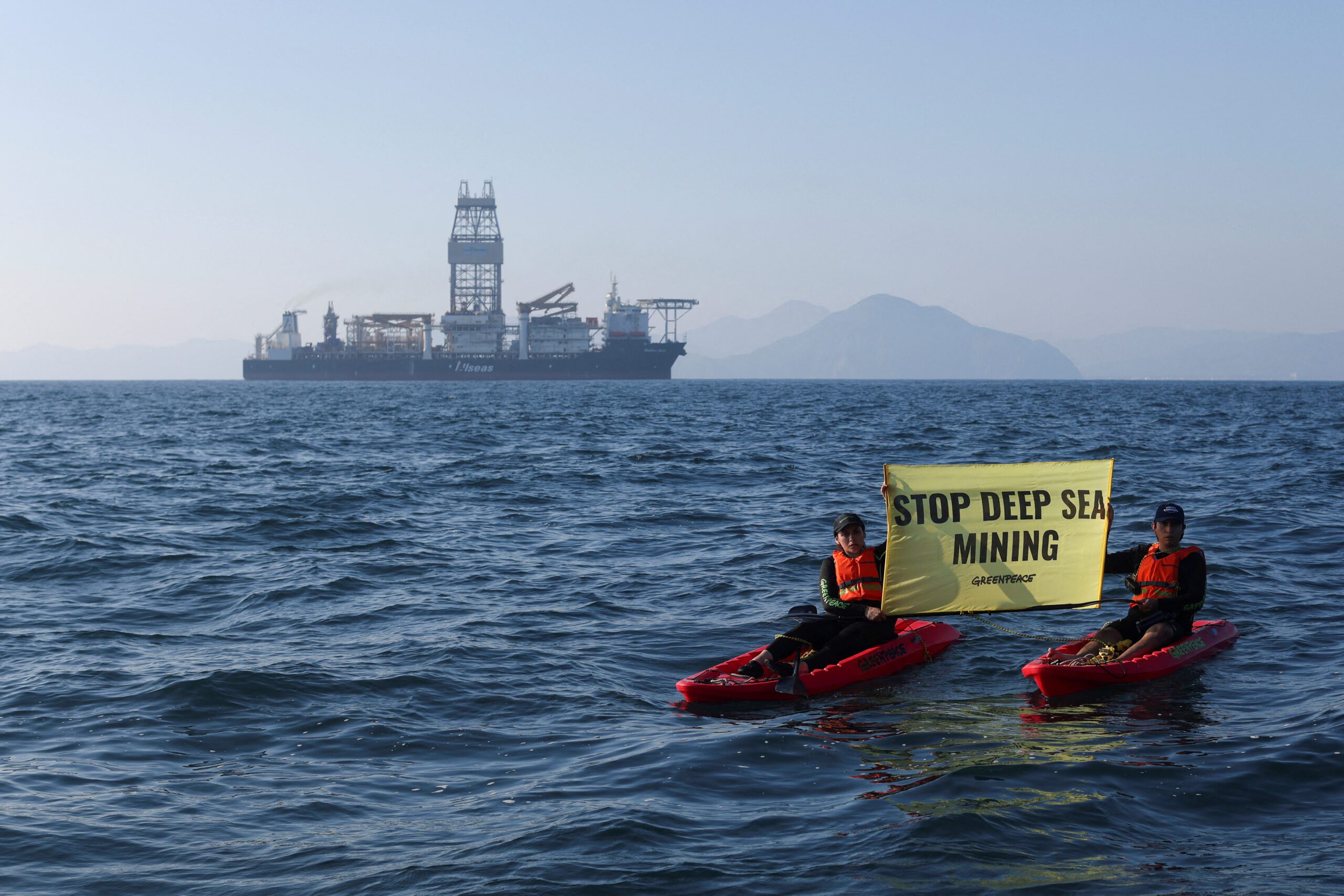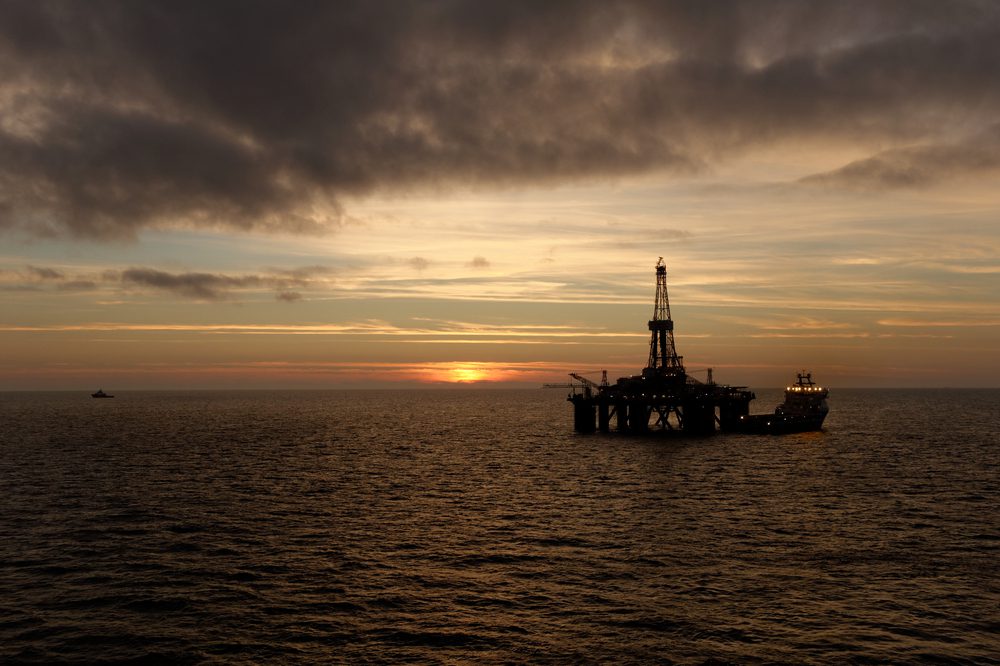By Jennifer A. Dlouhy and Josh Saul (Bloomberg) —
The Biden administration is moving closer to a final approval of Vineyard Wind LLC’s $2.8 billion offshore wind farm planned near the coast of Massachusetts.
The Bureau of Ocean Energy Management is set to publish a favorable final environmental review of the 800-megawatt project on Monday, according to two people familiar with the matter. That would mark the penultimate step in the Interior Department’s review of the project, setting the stage for a likely formal authorization in April.
It’s a major milestone for the venture, which is poised to become the first major offshore wind farm in federal waters. President Joe Biden, who is aggressively pursuing a clean-energy agenda, signed in January an executive order to double wind generation in U.S. waters by 2030. The Vineyard project alone would satisfy that commitment.
The project, a joint venture of Avangrid Inc. and Copenhagen Infrastructure Partners, would ship power to Massachusetts and have enough capacity to supply about 400,000 homes. Expected to go into service in late 2023, it would be the first of several massive wind farms planned off the East Coast, as states such as Massachusetts, New York, Maine and New Jersey count on power from offshore renewable projects to help them satisfy clean-energy mandates.
Representatives for Vineyard Winds and the Interior Department declined to comment.
Vineyard Wind’s permitting timetable has shifted several times, with the Interior Department deciding in 2019 to conduct extra environmental scrutiny of the project after fishing interests and regulators raised concerns about a surge of wind development along the coast.
Under federal law, the record of decision on Vineyard Wind’s construction and operations plan can not come until at least 30 days after the final environmental impact statement is released. Multiple agencies are involved in that final authorization, including the Interior Department, the Army Corps of Engineers and the National Marine Fisheries Service.
The Trump administration had been set to issue a final environmental impact statement last December, before project developers decided to temporarily withdraw their application and switched to higher-capacity General Electric turbines.
Although the Interior Department has sold the rights to develop wind farms up and down the U.S. East Coast — and states have committed to buying the renewable power they generate — so far just two have been built: a small, 30-megawatt facility near Block Island, Rhode Island, that went online in 2016 and a 12-megawatt project constructed in federal waters near Virginia that started generating power last September.
–With assistance from Will Wade.
© 2021 Bloomberg L.P.

 Join The Club
Join The Club











